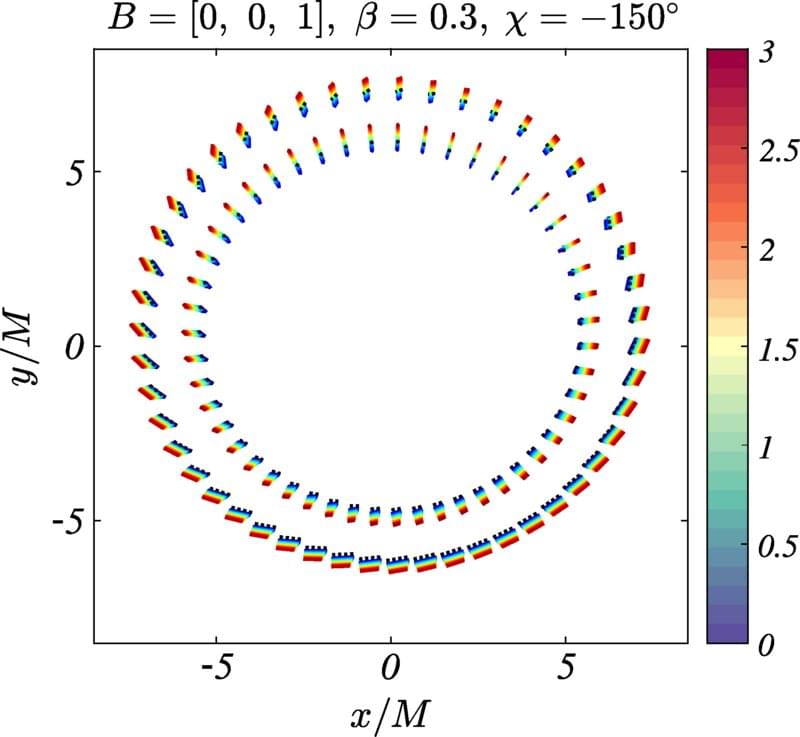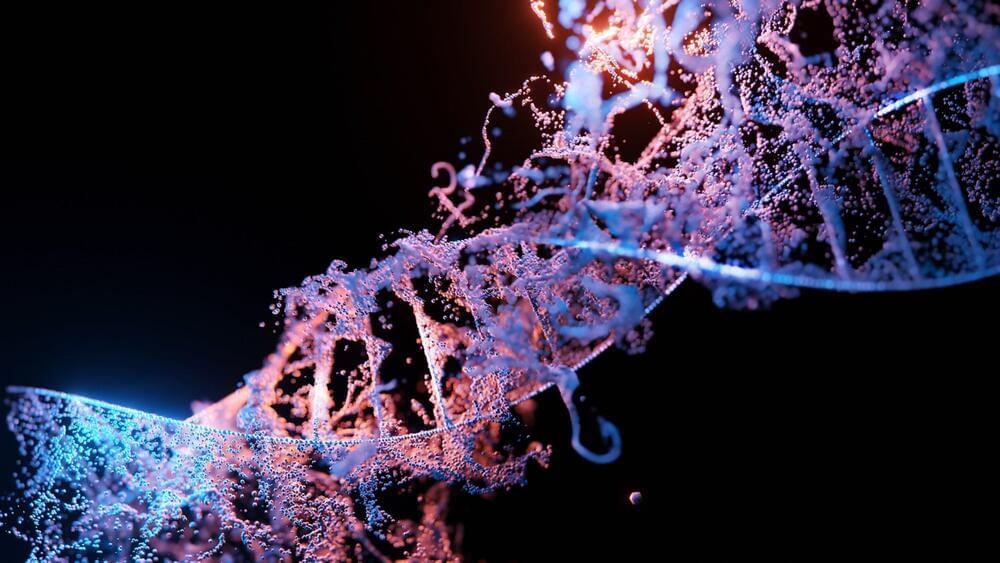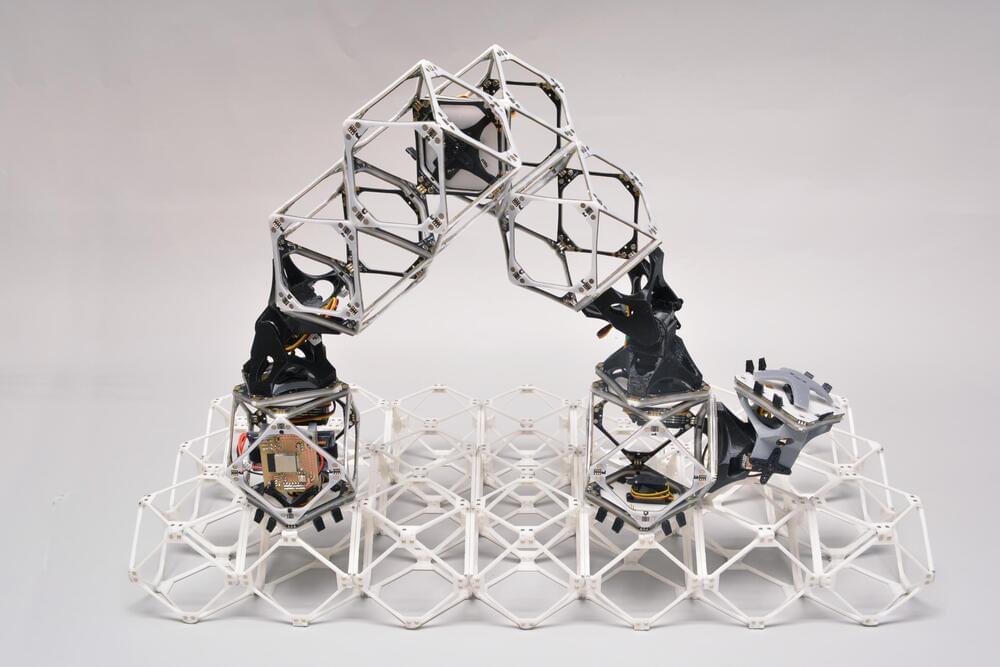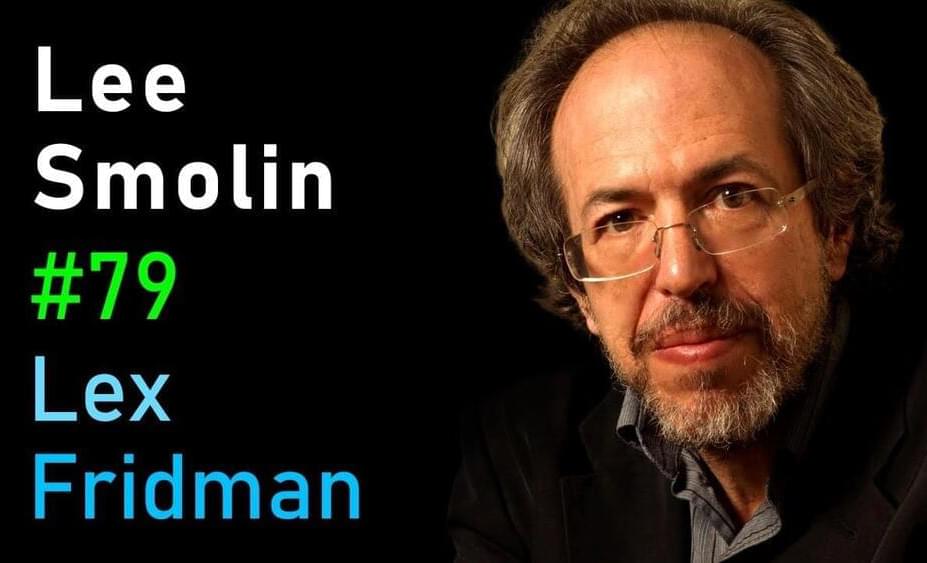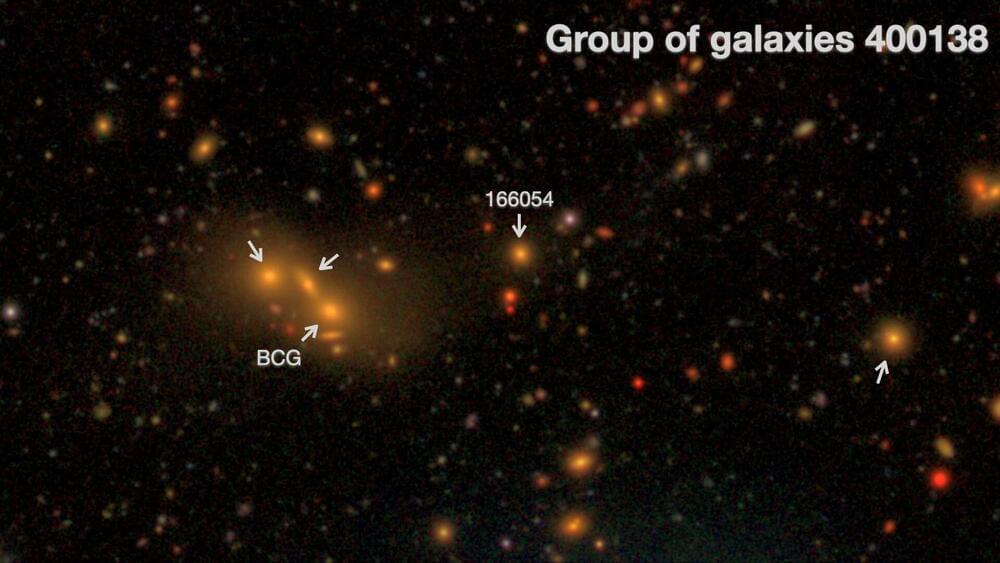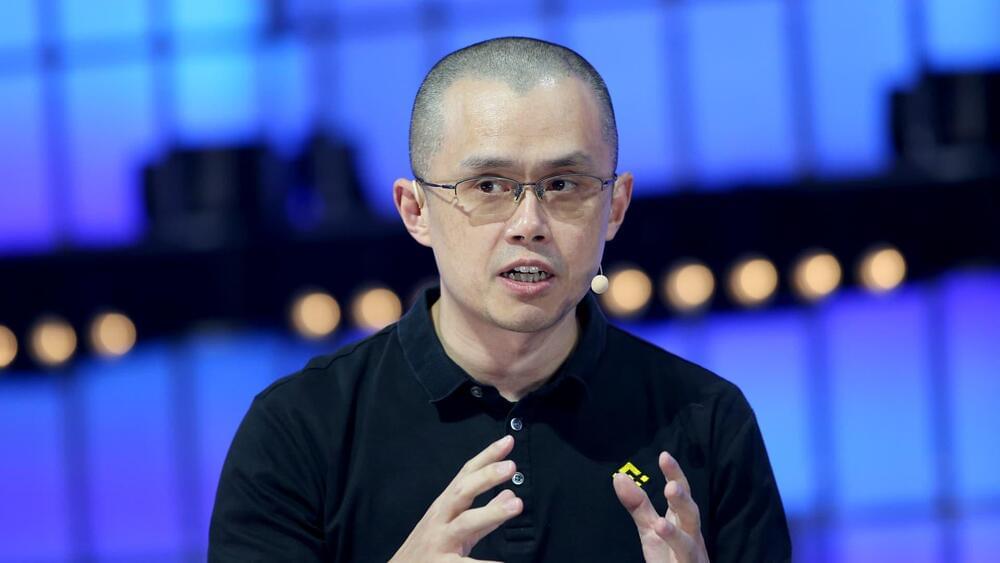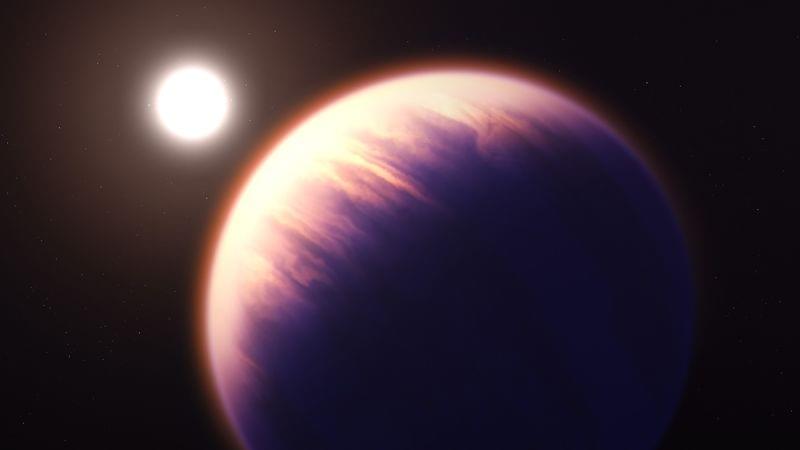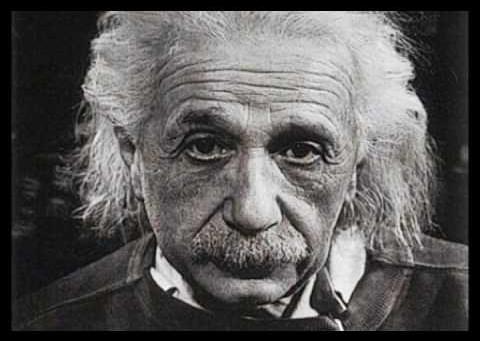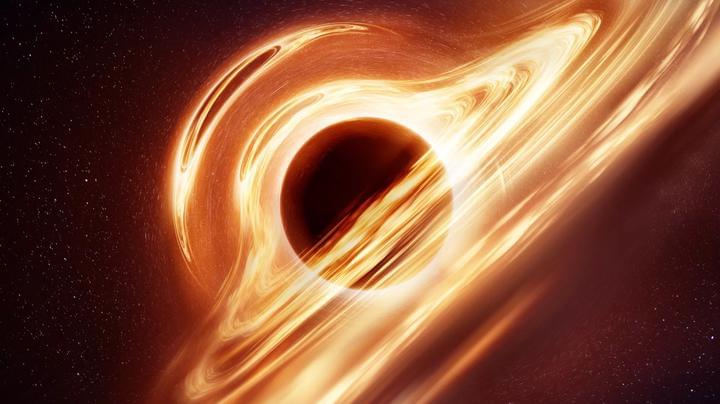Nov 24, 2022
Researchers suggest that wormholes may look almost identical to black holes
Posted by Saúl Morales Rodriguéz in category: cosmology
A group of researchers at Sofia University has found evidence that suggests the reason that a wormhole has never been observed is that they appear almost identical to black holes.
In their paper published in the journal Physical Review D Petya Nedkova, Galin Gyulchev, Stoytcho Yazadjiev and Valentin Delijski describe studying theoretical linear polarization from an accretion disk that would be situated around a class of static traversable wormholes and compared the findings to images of black holes.
For many years, scientists and science fiction writers have considered the theoretical possibility of a wormhole. Such an object, theory suggests, would take the form of a tunnel of sorts that connects two different parts of the universe. Moving through the tunnel would allow for travel to distant destinations in ways not available to spaceships incapable of moving faster than the speed of light —by taking a shortcut.
